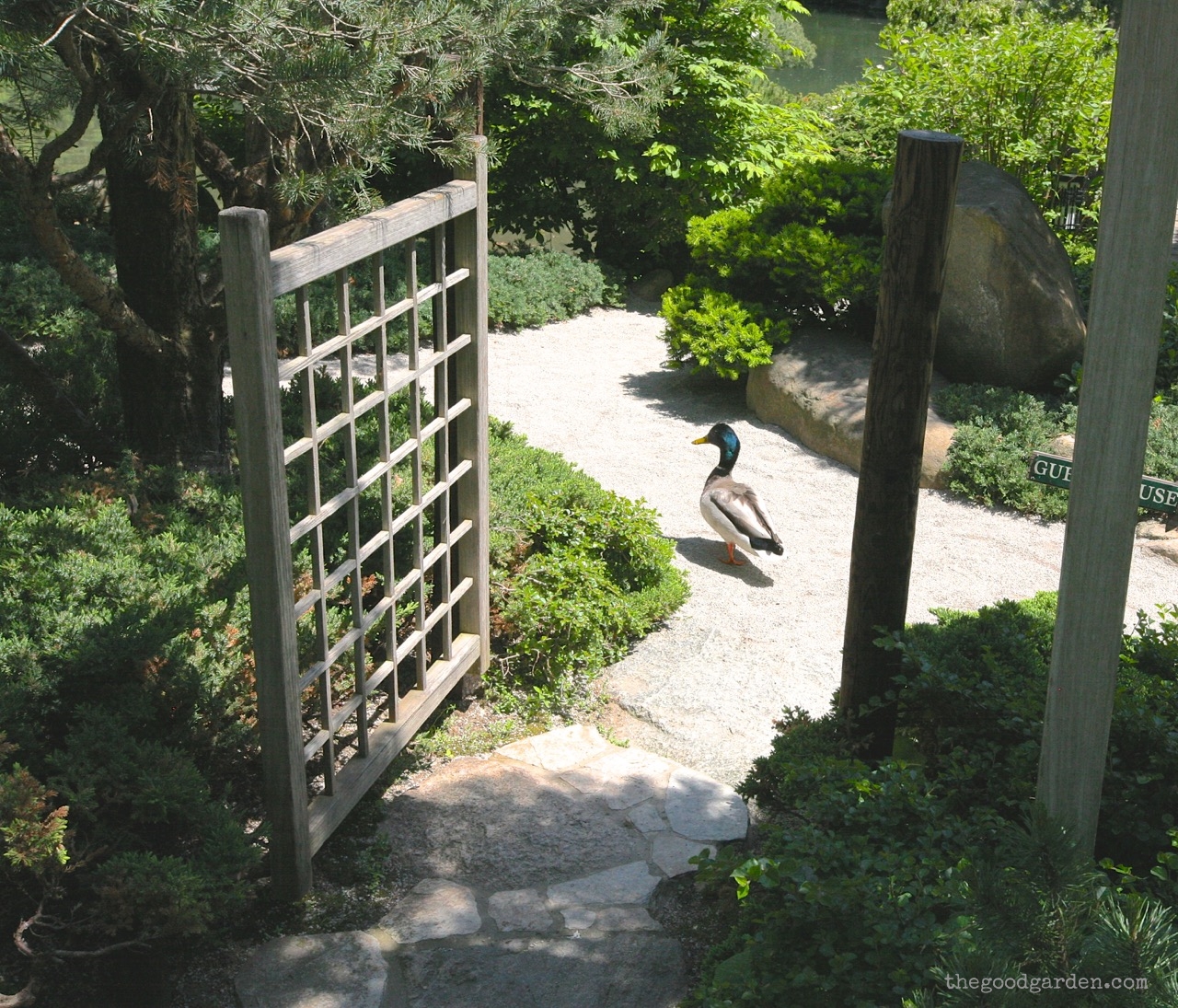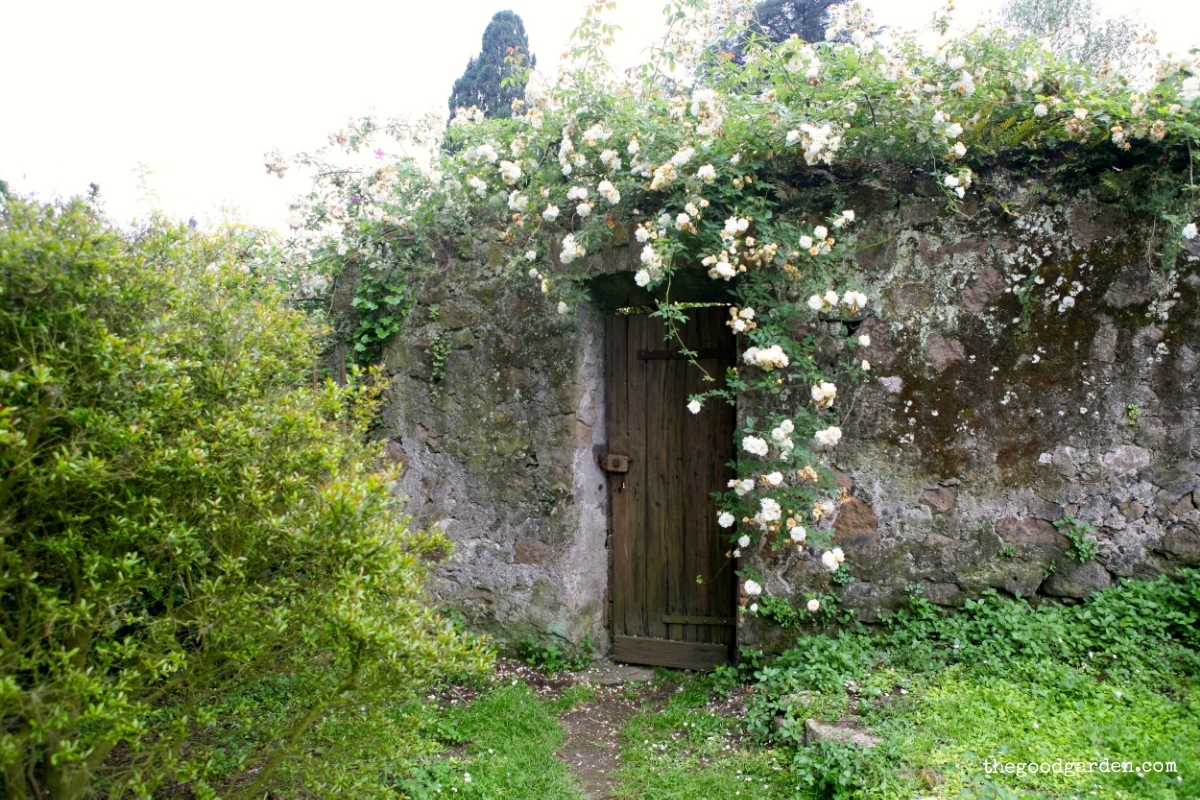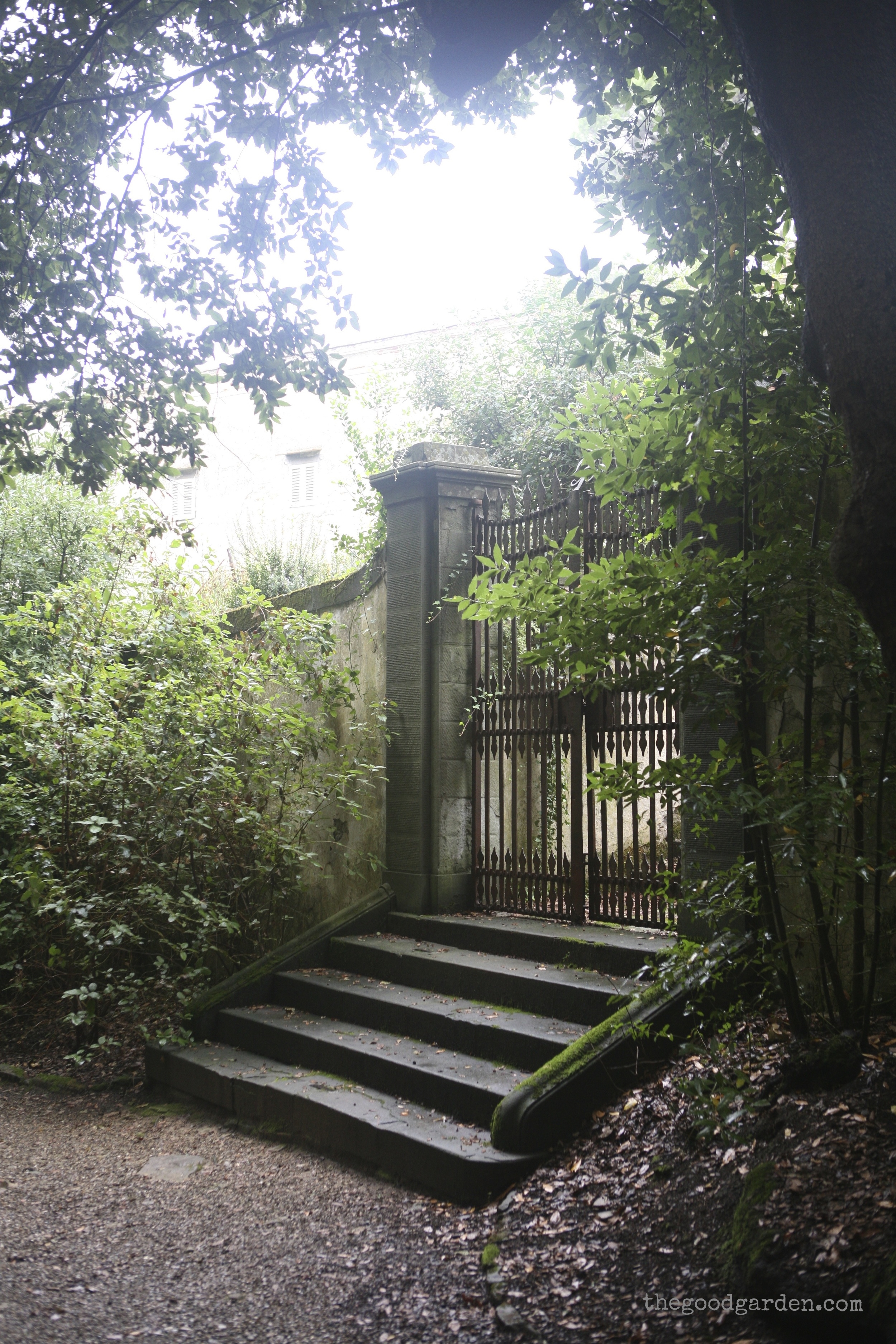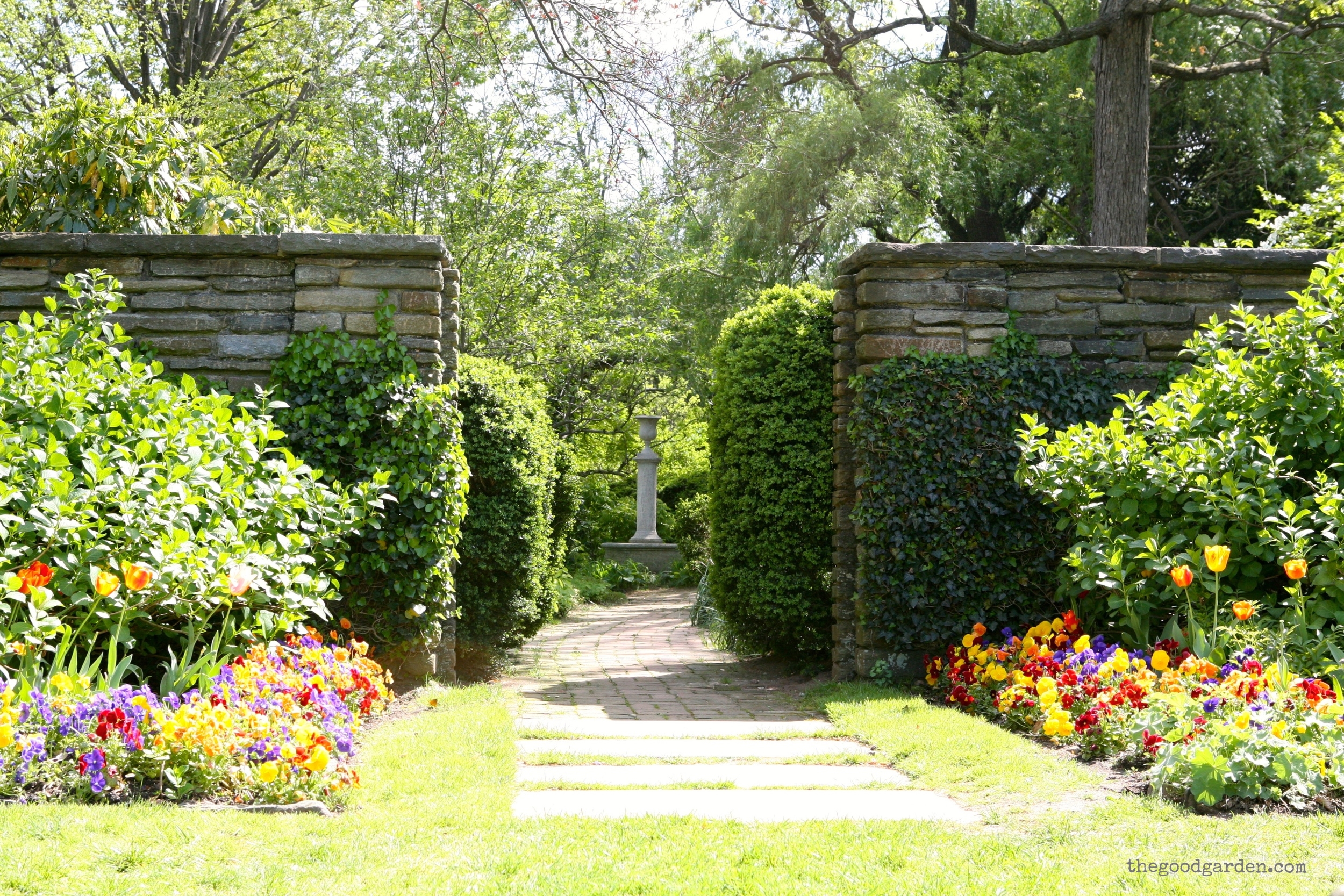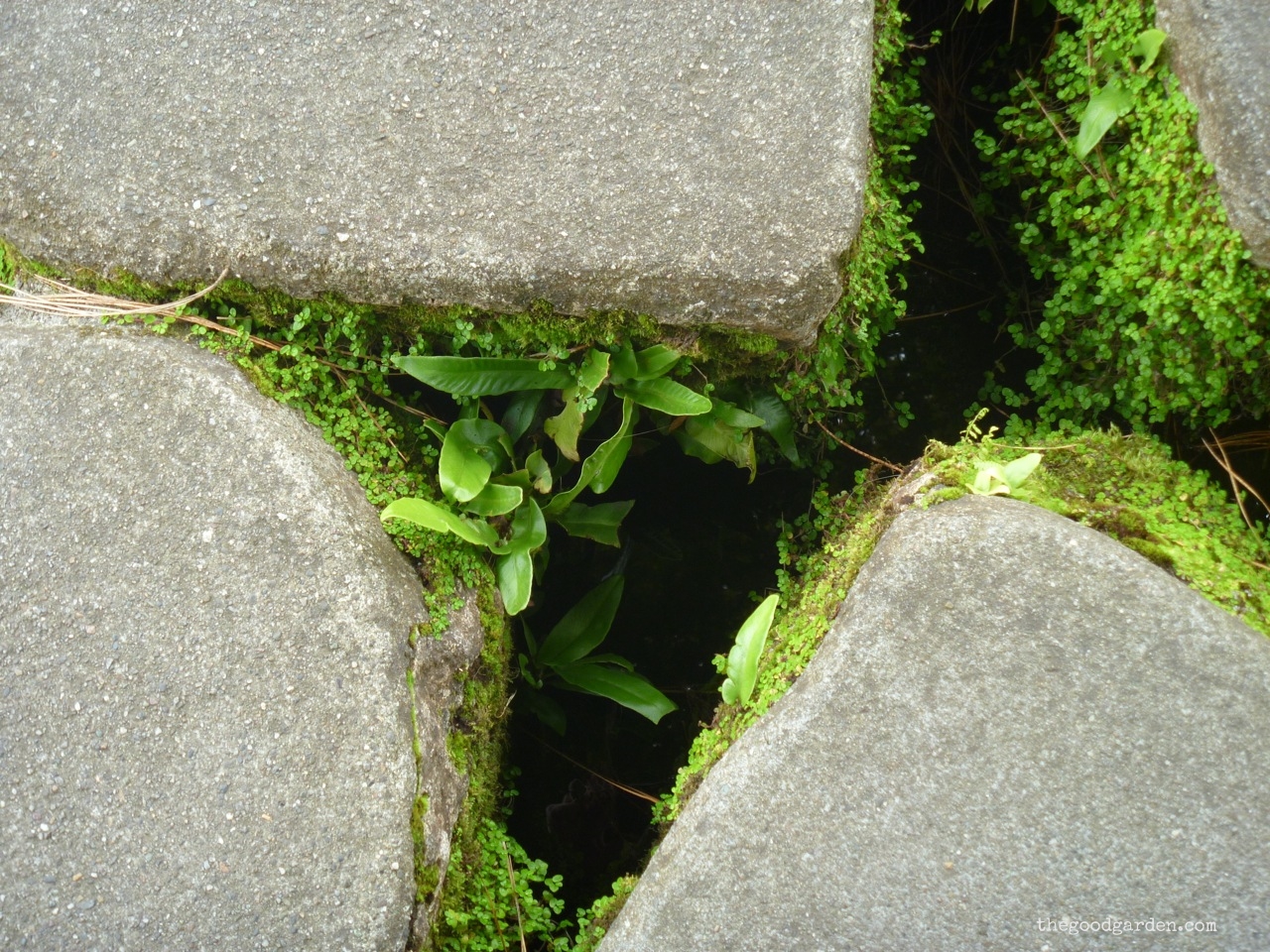There is nothing like a good garden gate to welcome us into an outdoor space. Garden gates tell us where to enter the landscape – mark the separation between the outer and inner worlds of the garden - and provide a sort of invitation. Here are a few of my favorite. What's your favorite garden gate?
Read MorePenjing politics
China now boasts the largest economy in the world according to the International Monetary Fund’s purchasing power parity based calculation and the second largest in absolute terms. Daily headlines remind us that the Chinese and other large economies are interconnected; developments in one market affect the others.
The Nixons meet Zhou in Beijing outside of Air Force One, 1972. Source: USC- US China Institute.
My recent visit to the National Bonsai and Penjing Museum in Washington, DC reminded me that this was not always the case.
In the 1960’s China was largely closed to the West. In a significant gesture to open relations, US President Nixon visited Beijing in 1972. According to Travel China Guide, “Chinese Premier Zhou Enlai gave a box of Panda brand cigarettes to the First Lady. He said he wanted to give her this present. Mrs. Nixon said she didn't smoke. The Premier said ‘not the cigarette but the giant panda.’ The story ended in an atmosphere of great excitement. A couple of pandas, Ling Ling and Xing Xing, went on their journey to America.” These were the first of about a dozen pandas given to western countries in what is known as “Panda Diplomacy”.
But panda’s weren’t the only gifts that resulted from Nixon’s 1972 trip to China. That year, the Chinese also gave the United States a group of century old, living, miniature landscapes, called Penjing. It is remarkable that during the 1960’s Cultural Revolution, Penjing was looked down upon as a middle class waste of time; entire collections were lost. Some masters were forced to put down their bonsai tools in order to plant rice. Thankfully, many plants were guarded to ensure their survival. By the 1970’s, the art form was again appreciated for its cultural significance.
Presenting living things as gifts is always a tricky affair. Imagine receiving a valuable plant when the giver regularly asks “how’s the plant doing?” Now consider the pressure when the tree embodies the artistry of generations of masters, and the gift is between two countries trying to establish better relations. A New York Times headline about the trees captured the pressure perfectly: “Tiny Trees Pose Big Job for Keepers.”
Fortunately, the Chinese gift was passed on to the experts at the US Arboretum where they thrived. In 1976, the Japanese people added an important collection of bonsai, called the Bicentennial Collection. Together these became the National Bonsai and Penjing Museum.
Among those behind the creation of the museum were John Creech, Robert Drechsler, and Marc Cathey. Arboretum director John Creech’s personal passion was to bring, “ornamental horticulture into the mainstream.” His vision was to create a display of bonsai in an American setting and facilitated the 1976 Japanese gift.
From the beginning, the person responsible for keeping the plants thriving was Robert “Bonsai Bob” Drechsler. He was the first curator of the collection and carried out this role for over 20 years.
Marc Cathey - horticulturalist, author, and a later Arboretum director - pushed to integrate both Penjing and Bonsai into the single comprehensive museum that we enjoy today. His Washington Post obituary describes him as “a flamboyant promoter of gardening everywhere... tall, dapper, and with ties and handkerchiefs as colorful as his persona.”
Dr. John Creech added an important Japanese bonsai collection to the US in 1976 - The Bicentennial Collection - and convinced the US government to build a structure to showcase the trees. Source: Capital Bonsai, Aarin Packard.
Penjing, or “tray scenery” dates back to at least 700 CE in a tradition stemming from Buddhist and Daoist religious ideals. Penjing tend to have a wide variety of tree shapes and colorful pots.
Buddhist monks and diplomats brought examples back to Japan where the art developed into Bonsai, or “potted tree.” Bonsai tend to have larger trunks and simpler containers.
In both cases, artisans manipulate the plant’s trunk size and branch shape to replicate features of a wild, mature tree; to accentuate age. Rocks, architectural features, and figures are sometimes added to enhance the illusion of a miniature landscape.
The photos above are from the Chinese pavilion.
The National Penjing and Bonsai Museum is set up with separate pavilions to showcase both styles. Now is a great time to visit to enjoy this incredible collection to reflect on the historic moment that sparked its creation as well as the centuries old tradition that these trees represent..
Garden magic
Line, form, texture, scale, balance, emphasis, and repetition are critical to create beautiful garden spaces. Together these are the building blocks toward a unified design and need to be chosen carefully for a design to feel right.
However, during my recent trip to San Francisco’s Japanese Tea Garden, I was struck by the importance of small details in good garden spaces. These don’t hit you over the head at first; they often go completely unnoticed. I believe that even if we only absorb them sub-consciously, these details create magic in the garden, making the ordinary extraordinary.
One great example of this for me is the series of stepping stones that cross the small stream pictured above.
On one level, the stones are just a way to cross from one part of the garden to another.
At closer inspection, these are gardens unto themselves, full of mosses and ferns; miniature gardens in the midst of a larger space. And there is something powerful in the contrasting layers: the hard, smooth top of the stone honed by unforgiving foot traffic; the dark waters of the stream below; and in the impossibly small middle space a lush green garden.
This Japanese Tea garden is the oldest Japanese public garden in the US. Japan was only opened to the West in 1853 and by the turn of the century all things Japanese were popular. This garden is one example. In an effort to introduce Americans to Japanese culture, the 1894 San Francisco California Midwinter International Exposition included a Japanese Village exhibit.
Landscape architect Makoto Hagiwara expanded this work into a 5-acre garden and his family worked on the garden until 1942. At that point, the family was forced to leave their home for an internment camp in Utah. During the war the garden was renamed the Oriental Garden and many of the elements Hagiwara introduced were lost. In 1952 the name reverted back to the Japanese Tea Garden.
Balance, harmony, form, texture are important for sure. But let’s not forget to appreciate the small details that make a good garden great.
See more Japanese garden stories here.

